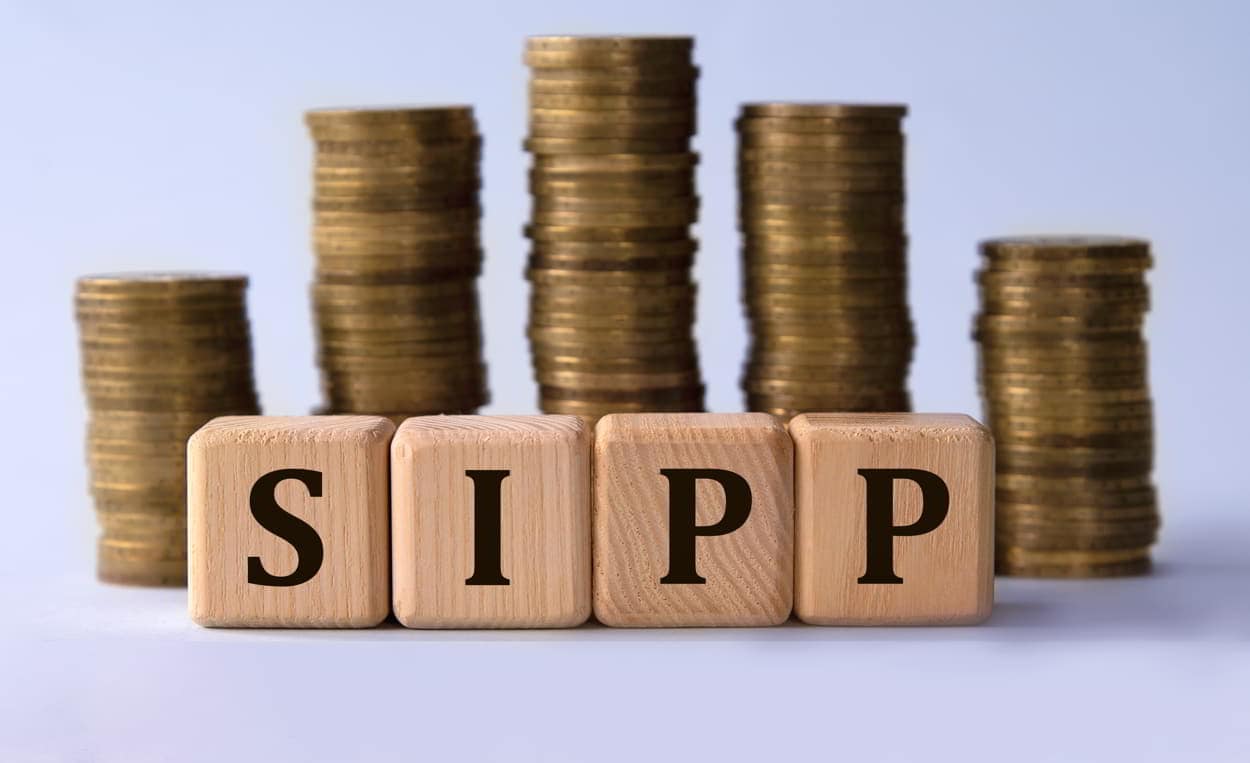Since April 6, 2020, individuals whose earnings are over £240,000 have been affected by the annual taper allowance for pension contributions. In its basic format, the allowance for obtaining tax relief on pension contributions is reduced by £1 for every £2 your taxable income is over £240,000.
The maximum reduction is £36,000, so if your income is over £312,000, then the pension contributions you will receive tax relief on will be limited to £4,000. Any contributions over this amount will be subject to a Pension Savings Tax Charge.
This can cause an issue, especially if you are a pension scheme member whose annual contributions exceed your reduced allowance. The consequence is that each year, you will have to pay pension tax on the balance over the reduced annual allowance. It could result in a tax charge even though your total yearly pension contribution is less than the standard annual allowance.
The charge could be incurred if you exceed your annual allowance, plus any carry-forward amounts, the MPAA or both. Who pays the contributions is irrelevant as it is a tax on the individual.
How much Pension Savings Tax will I pay?
Your annual self-assessment tax return will assess the pension savings tax charge. It will be charged at the marginal tax rate and will consider your taxable income and pension savings.
The marginal tax rate will depend on your location in the UK. Scotland and Wales have different tax rates and allowances. Therefore, if you live in these parts of the UK, you will be affected differently from the rest of the UK. You must pay the tax due by the 31st of January following the end of the tax year.
An alternative way of paying the tax could be through your pension scheme. Some schemes have an option called Voluntary Scheme Pays (VSP) Rules. Not all pension providers will offer Voluntary Scheme Pays, as it is optional, but an increasing number are doing so.
What’s Voluntary Scheme Pays?
Voluntary Scheme Pays rules allow individuals to pay pension savings tax charges each year from their pension plan. The pension scheme will pay the annual charge to HMRC directly on your behalf. The tax charge will be taken from your pension savings or accrued benefits. The pension provider will usually pay the tax charge before the 31st of January, following the end of the tax year. The advantage of using this way to pay the tax is that it does not trigger any benefit crystallisation event. This can be especially useful if your pension fund is close to the pension lifetime allowance.
Not all registered pension plans provide a Voluntary scheme payment facility. It is usually up to you to establish if your pension scheme offers this arrangement. If the scheme provides the arrangement, you must calculate the amount of pensions savings tax and request the relevant forms from the provider. When you complete your Self-assessment tax return, you must enter the pension savings tax already paid and ensure your pension provider has sent the payment to HMRC.
As financial advisers, we offer this as part of our service to our clients.
If you have pension savings spread across multiple pension plans, you would usually request the VPS from the plan where contributions are made. However, if the Scheme cannot accommodate this, you need to see if one of your alternative plans can use the Voluntary Scheme Pays option.
Who calculates the tax for Voluntary scheme payments?
You would be responsible for this (with the help of either your accountant or Independent Financial Planner if you have one). As a member, you can inform your provider or Scheme about the amount of pension savings tax you must pay. You can do this by using a “scheme pays notice”. They will then send you a form to complete, and you will return it to the provider. The amount of pension tax can then be paid by the product provider.
Although there is no industry standard for notices requesting scheme payments, they must be sent electronically or in writing. Notifications must include specific information and declarations. Many providers and schemes have developed suitable forms for members to do this.
When is the deadline to submit for Voluntary Scheme pays?
This will vary from provider to provider. However, the schemes we have dealt with in the past require all completed documentation by mid-December. This will give them sufficient time to process any applications by the 31st of December.
As each provider is different, it is worth finding out as soon after the end of the tax year as possible.
If you plan to use Voluntary Scheme pays but have already transferred all of your benefits from one Scheme, you will need to contact them to see if they can provide the VSP option. However, there is no guarantee that the new Scheme can or will offer you the Voluntary Scheme Pays option.
Financial Planning and the Lifetime Allowance
If your pension fund is over or close to the Lifetime allowance for pension purposes, the Voluntary Scheme pays rules could help with financial planning. Utilizing the Voluntary Scheme pays rules can help mitigate potential tax charges associated with exceeding the Lifetime allowance. However, it’s essential to be aware of common pension planning mistakes that could undermine your retirement savings. Seeking professional advice can ensure that you navigate these complexities and make informed decisions about your pension fund.
Using the pension scheme to pay an annual allowance charge will reduce the benefits available. In addition, the tax charge will not come from personal savings. The tax charge aims to discourage employees from paying over the reduced annual allowance. However, this is usually not possible in practice as you might have employer contributions paid into your pension. This is a valuable benefit that you would not wish to lose.
What does this mean for members’ benefits?
A pension scheme that pays part or all the tax charges must also reduce their benefits. Otherwise, members could be subject to unauthorised payment charges. A money purchase arrangement reduces the member’s funds by the amount charged (including any early withdrawal fees, if applicable). There are many options for how a plan reduces the member’s accrued benefits. However, any adjustment must be ‘just and reasonable’ in defined benefits arrangements. An annual allowance fee cannot be charged on dependents’ pensions, death benefits, or contract-out rights like guaranteed minimum pensions.
How can we help the Voluntary Scheme pay arrangements
Consilium Asset Management is used to deal with pension scheme providers that offer VSP options.
Additional information
The HMRC scheme to pay guidance can be found here:







